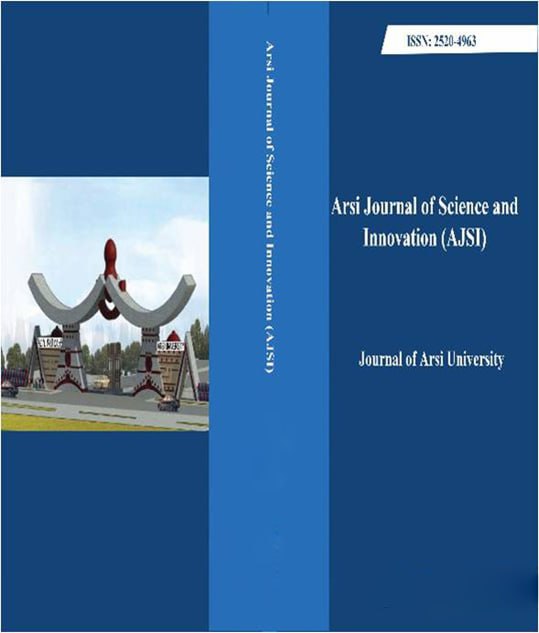Language use in urban school domain in Oromia Special Zone Surrounding Finfinne, Ethiopia
DOI:
https://doi.org/10.20372/7kv2-n565Keywords:
Finfinne/Addis Ababa; Afan Oromo; Amharic; hosting community; language use policy, school domainAbstract
Finfinne/Addis Ababa was a booming metropolitan city using Amharic which was the Federal working language ofEthiopia while Afan Oromo was native to the indigenous Oromo community residing in the surroundings of the national capital. The patterns of language used by the indigenous/hosting community could be easily converted to the metropolitan language usage in selected chief domains of language used by inescapable fundamental urbanization forces and its related factors when an urban area and its hosting community were linguistically and culturally divergent. This article was intended to (a) describe how the language of the metropolitan city impacts actual patterns of language usage ofthe indigenous community in the school domain of Oromia Special Zone Surrounding Finfinne (OSZSF) and (b) examine its preposition language policy practices and consequences in the conurbation. In this work, Afan Oromo, Amharic, and other mother-tongue speakers were the main first targeted linguistic groups. A combination of descriptive quantitative and qualitative research designs, including questionnaires, official reports, and a review of secondary sources, were used to achieve the intended purpose. Data were gathered from (151) adolescents from linguistically and culturally diverse backgrounds (age: M = (18.22), SD = (1.31), range (10) years; Male = (74); Female = (74)). The analysis used descriptive (and inferential) statistics, while the qualitative data were analyzed thematically. The key findings indicated that Amharic and English were preferred in private kindergarten and primary schools; although Afan Oromo was the officially designated medium of instruction in the study area. Consequently, Amharic and English were preferred over Afan Oromo for the reasons of (a) better quality of education delivered in private schools than state schools and (b) favoring their respective mother tongues. Moreover, the two divergent linguistic groups of Afan Oromo and Amharic mother tongues were significantly varied and 60 controversial in the patterns of language use-choice practices in private and state schools which could pave the way for the development of potential dualism positions. Finally, to maintain the language of indigenous youth in the urban area, policy options should be used to build trust and enhance the standard of education in state schools in the study area and beyond among the divergent linguistic groups.
Downloads
Published
Issue
Section
License
Copyright (c) 2024 Gutema Yadesa Heyyi, Abebayehu Messele Mekonnen (Author)

This work is licensed under a Creative Commons Attribution-NonCommercial 4.0 International License.
